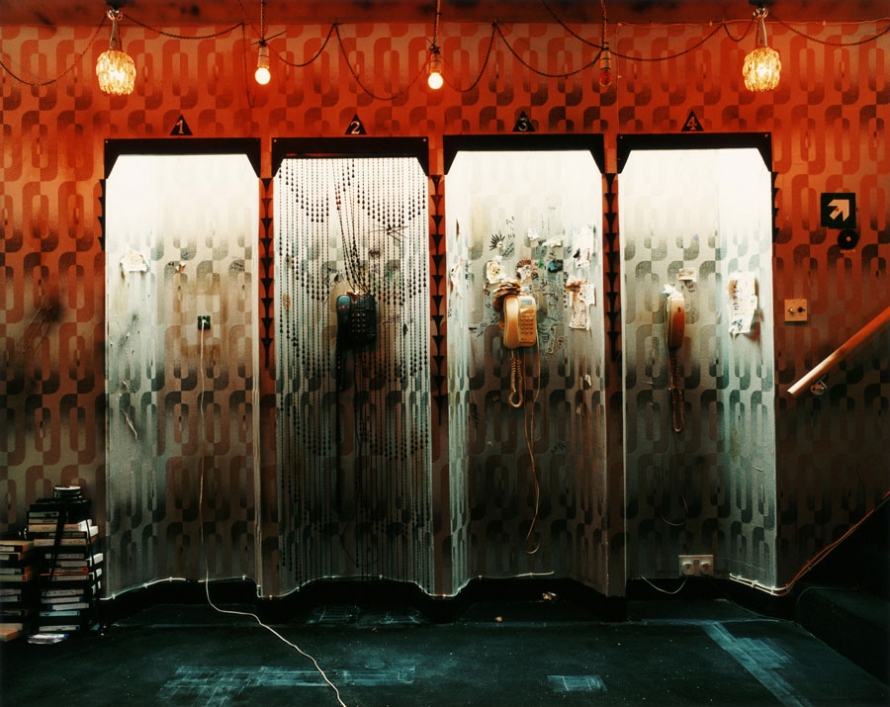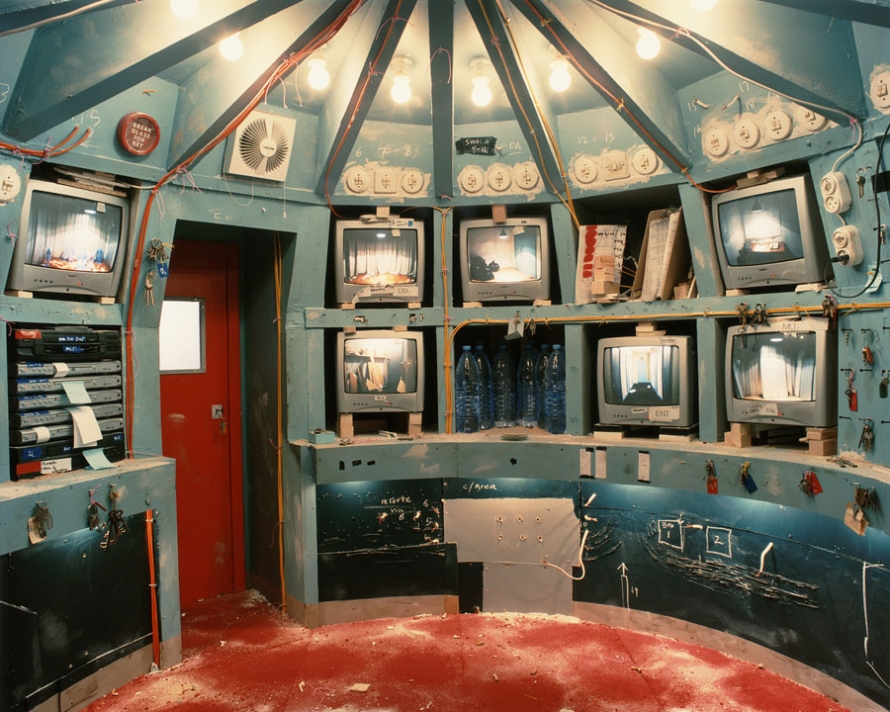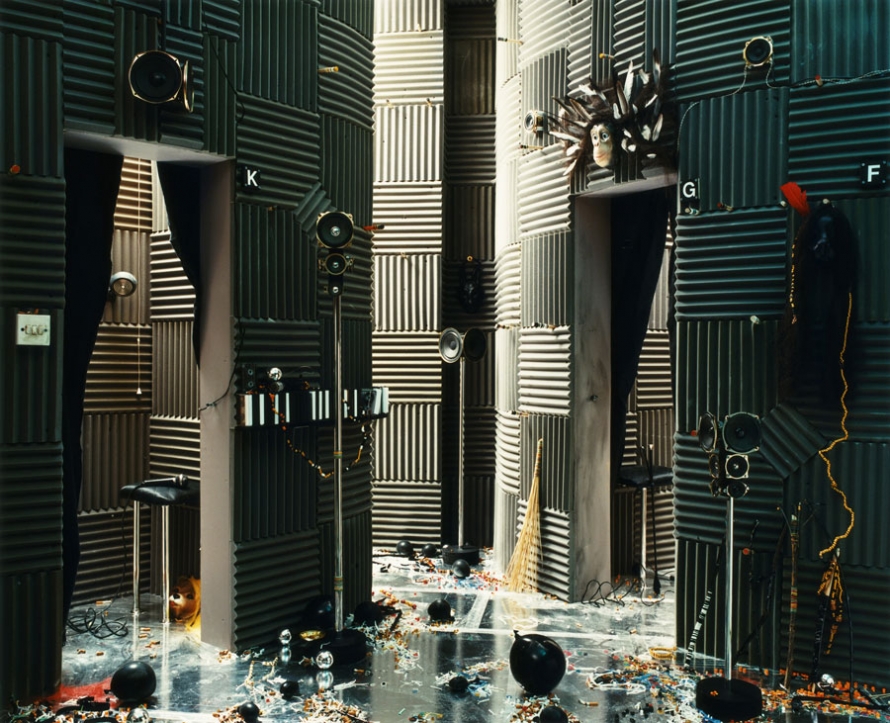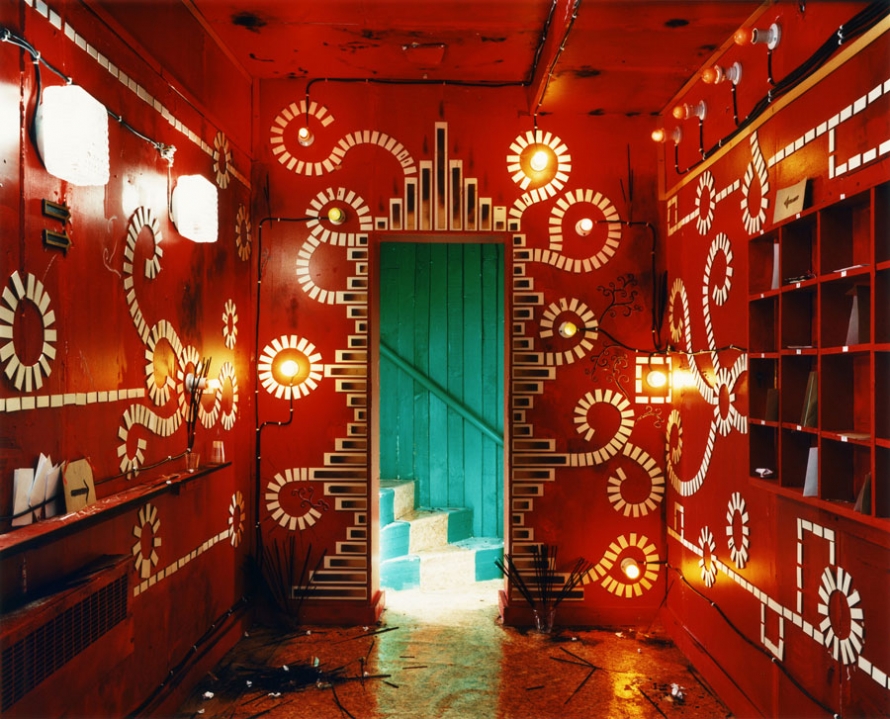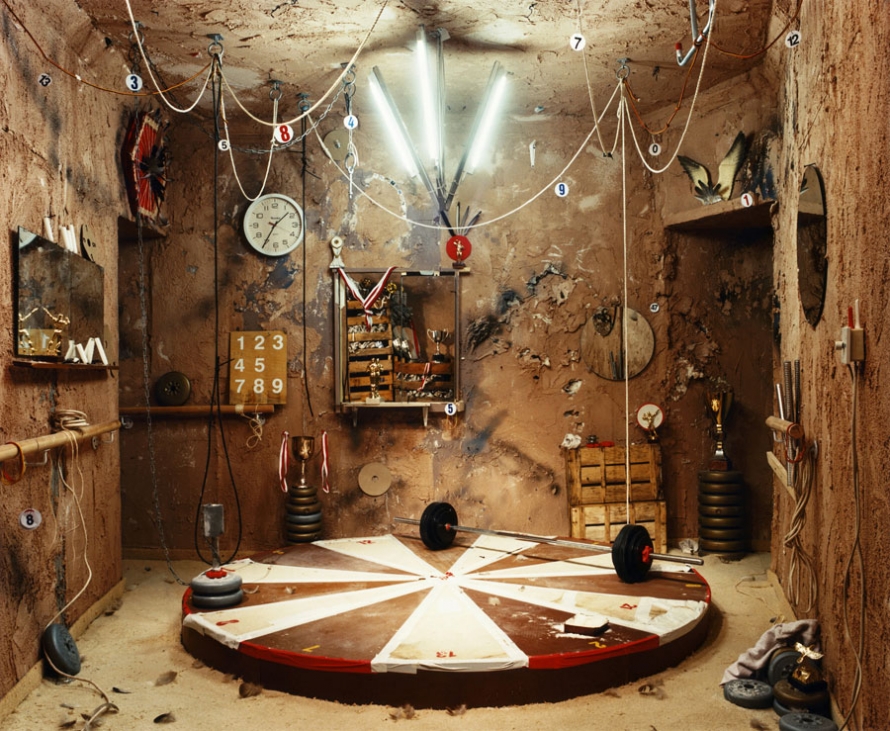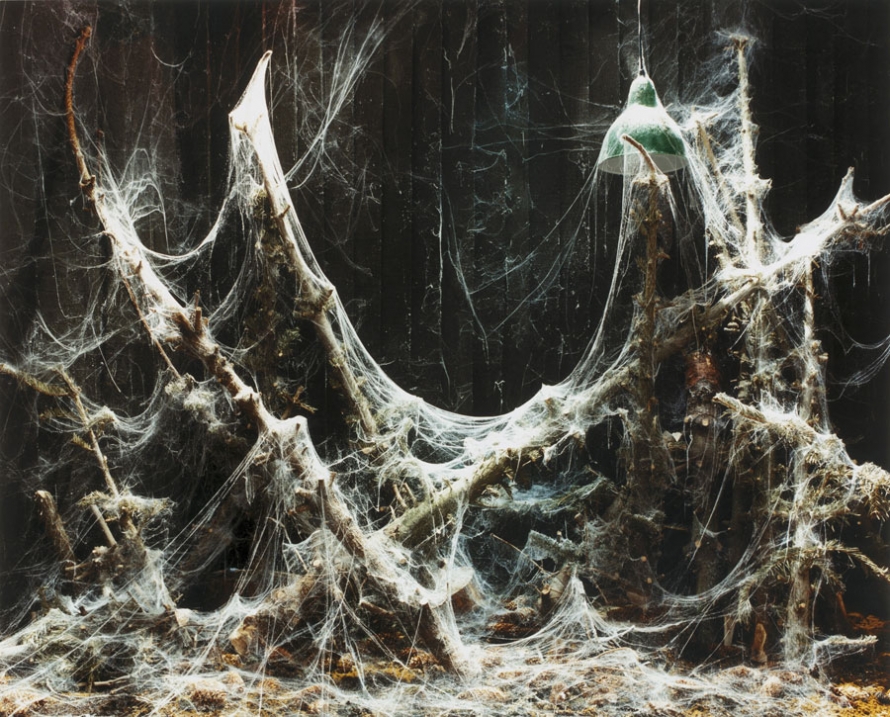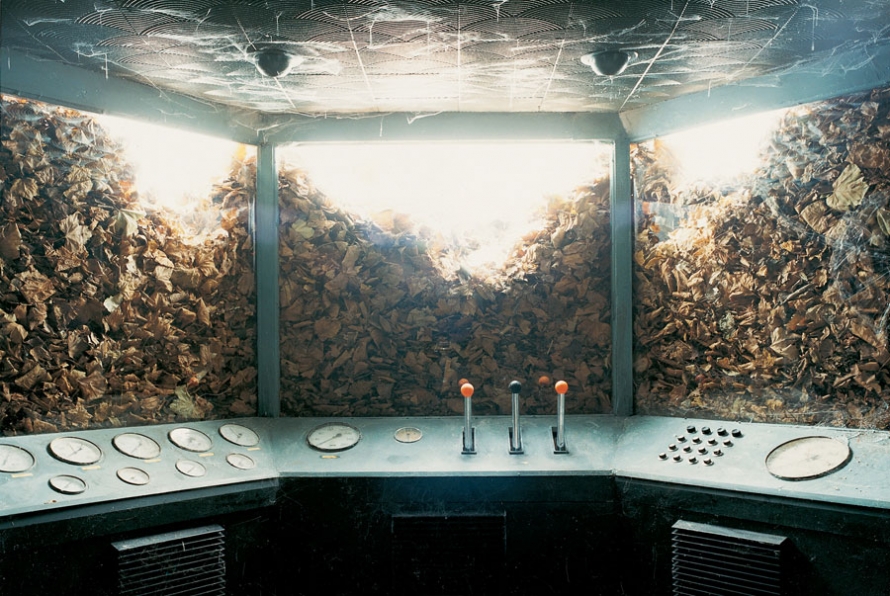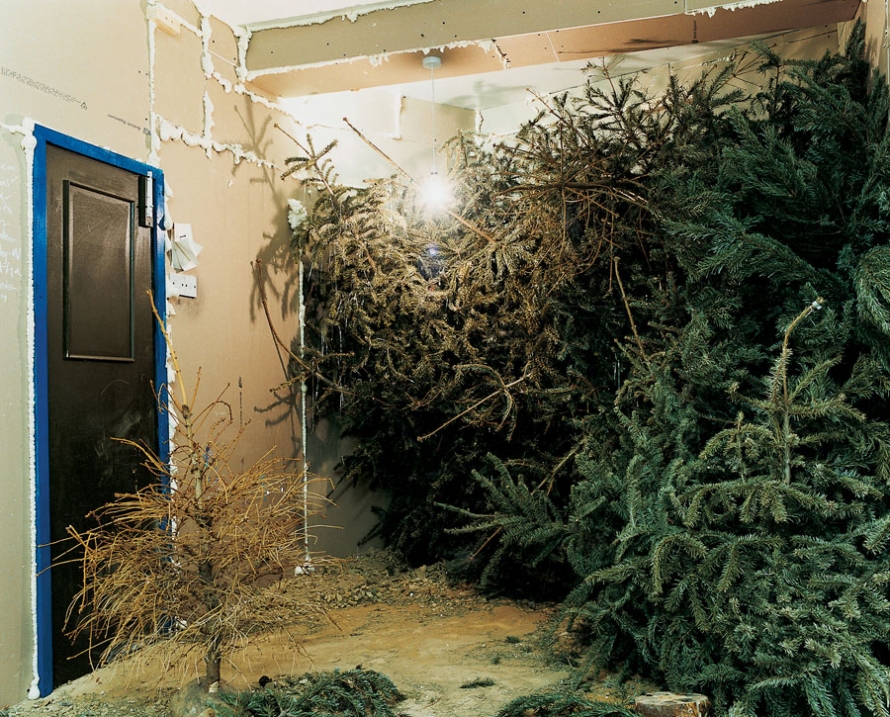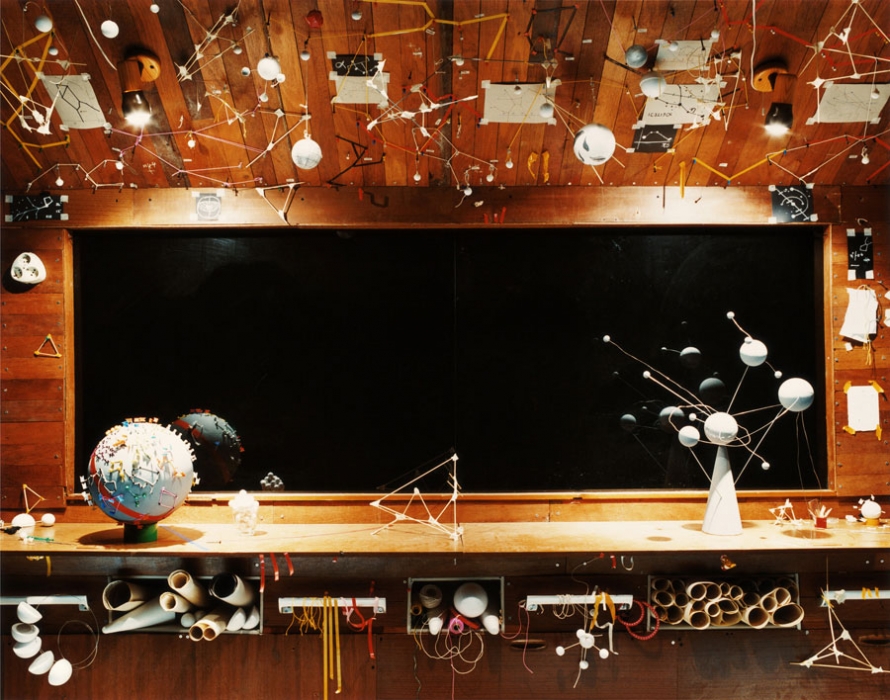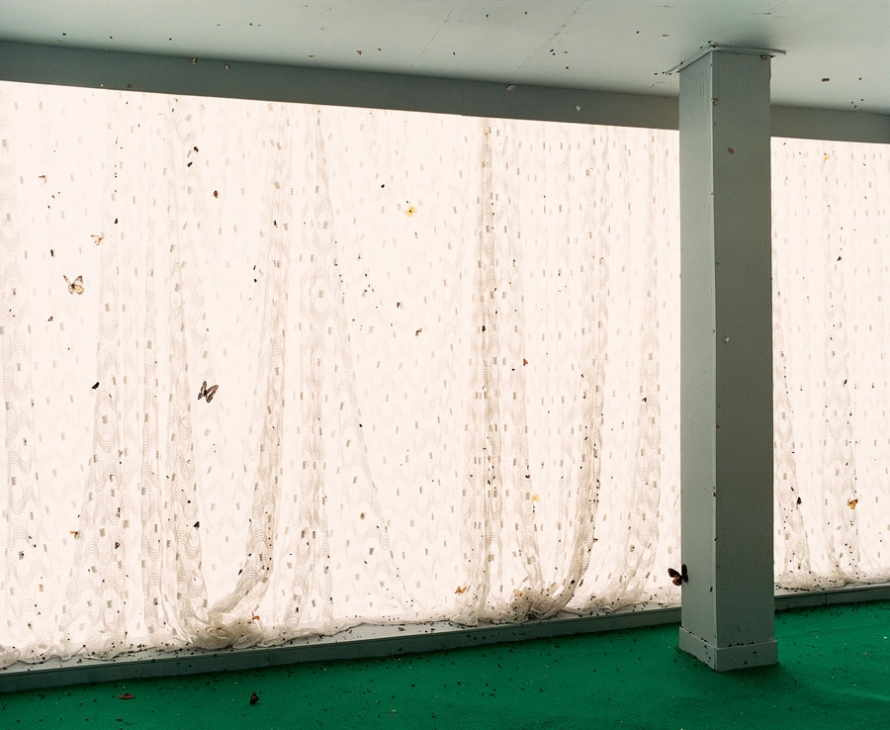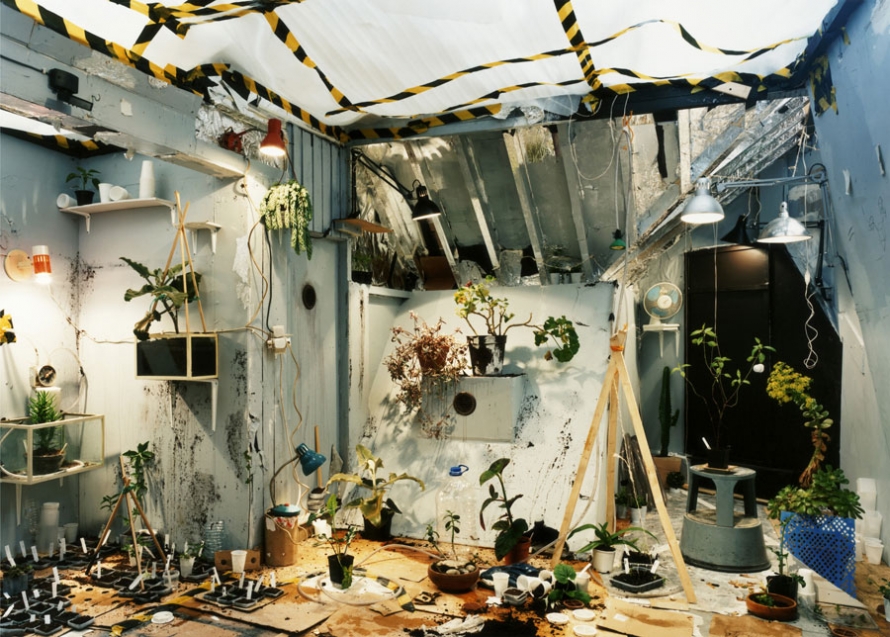It would be interesting to interview British artist Anne Hardy’s cleaning lady. She turns her studio into spaces—worlds without people, but apparently heavily and recently used. Imagine your favorite novel, with all the characters tossed out. Her debut New York show is now on view at Bellwether in New York, up through May 17, 2008.
Anne Hardy received an M.A. in Photography from the Royal College of Art in 2000, and has since participated in numerous prestigious international exhibitions including solo shows at Maureen Paley, London and Laing Art Gallery, Newcastle. Her work will be featured in the upcoming exhibitions Out of Focus: Photography Now at the Saatchi Gallery, London, and New Photography in Britain at Galleria Civica de Modena, Italy. Hardy lives and works in London.
All images copyright © Anne Hardy, all rights reserved. Images courtesy Bellwether.
On first glance, I assumed your pictures were constructed down to every dust mote. But I also want to believe you haunt buildings until everyone’s gone, and then go through all the offices. Tell me there’s room in between?
Everything in each image is entirely constructed. The point of the construction for me, as opposed to working with found spaces, is that what is rendered is entirely fictional. It is important to me that there is not a definitive explanation for any of these places you see in the images that is tied back to somewhere that really exists.
Where do your stories begin? How do you know when they’re ready to be shot?
My practice is very process-oriented, in that the final image comes out of working with different materials and objects and the kinds of spaces and narratives that they suggest. I have a framework in the type of spaces that I want to have in the image—that they are semi-public access rather than domestic, for instance—and that they are slightly hidden away. With the pieces that are in the show, that they all communal club—as in an association of people rather than a nightclub—like spaces to do with different actions and rituals.
There is a moment when the image that I have been constructing through the camera steps away from the physical construction in the studio and becomes something independent and more than what is physically present. That’s how I know when the piece is finished.
When you go to the theater, do you prefer minimal sets, or big opera productions?
I rarely go to the theater, but one production I saw last year and enjoyed a lot was The Waves, directed by Katie Mitchell at the National Theatre in London. It was a multimedia production with a minimal, black-painted stage, with all props, costumes, and foley effects stored and used in view, with scenes filmed on video, which was then projected. With all the construction of the scene and its sound and visual effects visible, it was stunning, since the video images were as believable and seductive as any film but with all the making of them visible in front of you, and in close range since the theater is quite intimate.
Where’s the joy for you, building your pictures or taking them?
Both.
Some artists take a subject and extract from it their whole careers. Others hop from thing to thing. Do you see yourself in one camp or the other?
I don’t really think of it in that way. The work has a certain logic that I follow and that dictates what comes next.
What comes next?
There’s a lot of things I want to work on next; however, I am too superstitious to talk about things before they exist. Having said that, I just got a huge collection of rocks and minerals and some great bones, so they might feature.
